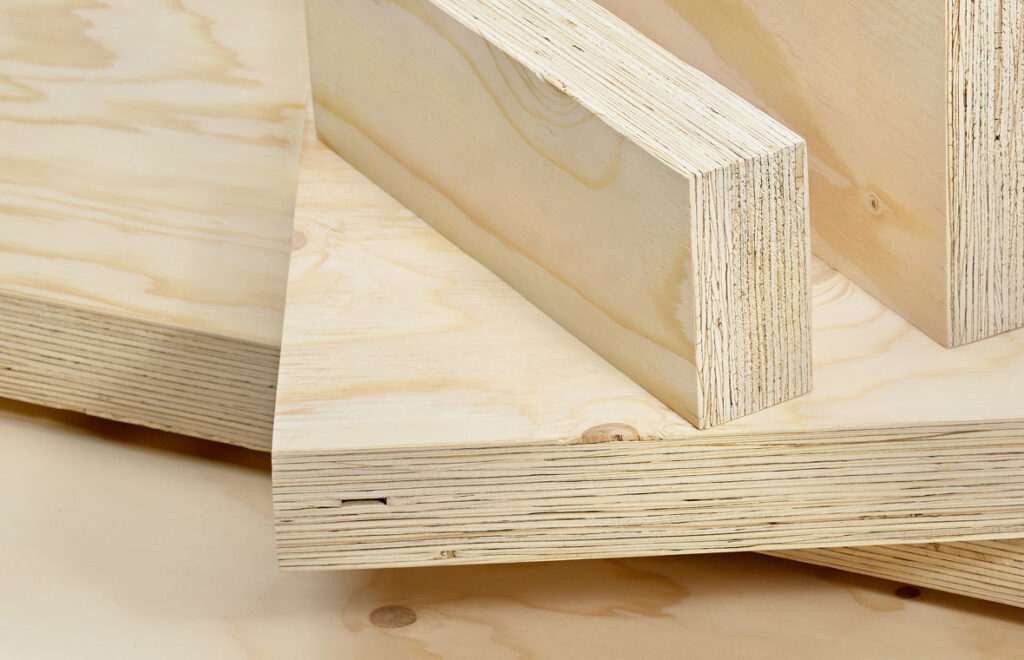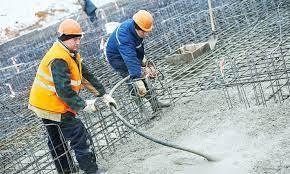Sofa beds are more than just functional furniture; they epitomize versatility, making them an ideal choice for modern living, especially in vibrant cities like Sydney. In a place where space can be limited, a good sofa bed can transform a living area into a comfortable guest room. This article explores the various aspects of sofa beds, their appeal, and top recommendations to enhance your home.
Understanding the Appeal of Sofa Beds
The charm of sofa beds lies in their ability to merge two essential pieces of furniture into one cohesive unit. In urban environments where space is precious, sofa beds sydney offer a practical solution without compromising aesthetics or functionality. They serve as a versatile centerpiece in living rooms, guest rooms, or even home offices, adapting to the changing needs of modern lifestyles.
The Dual Functionality of Sofa Beds
Sofa beds are designed to fulfill two main roles—serving as both a seat and a sleeping area. This dual functionality is particularly advantageous in studio apartments or homes with limited guest accommodations. Whether you are hosting overnight visitors or simply wish to maximize your space, a sofa bed caters to both needs seamlessly. The convenience of transforming a cozy seating area into a comfortable sleeping space can be a game-changer for those who frequently entertain guests or have family members staying over.
More than just a piece of furniture, sofa beds can be a statement of style. Available in various designs, colors, and materials, they can complement your existing decor while providing the necessary utility. This adaptability is what makes sofa beds such an appealing option for many homeowners. From sleek, modern lines to classic, tufted upholstery, the right sofa bed can enhance the overall aesthetic of a room while serving its practical purpose. Additionally, many models come with stylish throw pillows and blankets, making them a cozy retreat for both lounging and sleeping.

Factors to Consider When Choosing a Sofa Bed
When selecting a sofa bed, several factors come into play:
Size: Ensure the dimensions fit your living area without overwhelming the space.
Comfort: Test the comfort level both as a sofa and a bed. Sit and lie down to ensure it meets your standards.
Style: Consider your current decor and choose a design that complements it.
Mechanism: Understand the mechanism of the sofa bed; whether it’s a pull-out or a foldable, it should be easy to operate.
Material: Choose durable and comfortable fabrics that can withstand regular use.
Taking the time to think about these factors can ensure that your investment in a sofa bed meets your needs for years to come. Additionally, consider the ease of maintenance; removable and washable covers can be a significant advantage, especially in homes with pets or children. Furthermore, some sofa beds come with built-in storage options, allowing you to stow away bedding or other essentials, thus keeping your living space tidy and organized. This thoughtful design feature adds to the overall functionality, making it an even more attractive choice for those looking to optimize their living environments.
The Intersection of Comfort and Convenience
In the realm of sofa beds, comfort and convenience go hand in hand. A sofa bed must not only look good but also provide support and relaxation for individuals using it for either purpose. Read about comfort and convenience at https://blogs.und.edu/und-today/2023/01/comfort-convenience-community/
Evaluating the Comfort Level of Sofa Beds
The comfort of a sofa bed is monumental, especially for those who plan to use it regularly. When assessing comfort, consider the following:
Cushioning: Look for high-quality cushions that offer support without causing discomfort.
Mattress Quality: A good mattress is critical for a restful night’s sleep. Memory foam or hybrid mattresses are often favored.
Support: The frame should provide adequate support to avoid sagging when in use.
Many retailers allow customers to test the sofa beds before purchase, which can help you gauge the comfort level effectively. Don’t hesitate to take advantage of these opportunities!
Moreover, the design of the sofa bed plays a crucial role in its comfort. For instance, models with adjustable backrests can cater to various lounging preferences, allowing users to find their ideal position for reading, watching TV, or napping. The fabric used for upholstery also contributes significantly to the overall comfort; soft, breathable materials can enhance the lounging experience while providing a cozy feel. It’s important to consider how the sofa bed fits into your lifestyle, as different fabrics and designs may suit different needs, from casual lounging to formal entertaining.
The Convenience Factor: Space-Saving and More
Sofa beds excel at saving space, especially in smaller homes. Their ability to fold away easily or act as an extra sleeping area without the need for additional bedding makes them highly convenient.
Additionally, many models come with built-in storage, allowing you to stow away blankets, pillows, or books, thereby keeping your space neat and tidy. This added functionality simplifies your life while enhancing the practicality of your living space.
Furthermore, the versatility of sofa beds extends beyond just being a space-saving solution. They can serve as a focal point in your living room, blending seamlessly with your decor while providing additional seating for guests. Many modern designs come in a variety of styles, colors, and fabrics, making it easy to find one that complements your existing furniture. Some sofa beds even feature innovative mechanisms that allow for quick and effortless transformation from sofa to bed, making them ideal for unexpected overnight guests or cozy movie nights. This adaptability not only maximizes your living area but also enriches your home’s functionality, ensuring that every square foot is utilized to its fullest potential.
Top Sofa Bed Picks in Sydney
Now that we understand what to look for in a sofa bed, let’s delve into some top picks available in Sydney, catering to various needs and preferences.
High-End Sofa Bed Options
If luxury and sophistication are what you seek, several high-end sofa beds stand out on the Sydney market. Brands like King Living and Jardan offer exquisite designs that combine high-quality materials with innovative functionality.
These options not only guarantee comfort but also enhance the overall aesthetic of your space. With customizable fabrics and configurations, you can attain a truly personal touch. Many of these high-end models feature advanced mechanisms that allow for effortless transformation from a stylish sofa to a cozy bed, ensuring that your guests experience the best in comfort. Additionally, some designs incorporate hidden storage compartments, providing a practical solution for keeping your living area tidy and organized.
Budget-Friendly Sofa Beds
For those on a budget, affordable yet stylish options can be found at retailers like IKEA and Freedom Furniture. These stores offer functional sofa beds that won’t break the bank, ensuring that even with limited funds, comfort is attainable.
Carefully check the design and materials; while cost-effective, some models still provide decent comfort and longevity. Emphasizing quality even on a budget will ensure that your purchase is a wise investment. Many budget-friendly options also come with a variety of color choices and styles, allowing you to find the perfect match for your home decor. Furthermore, some retailers offer assembly services, making it easier for you to set up your new sofa bed without the hassle of complicated instructions and tools.
Making the Most of Your Sofa Bed
Owning a sofa bed also means practicing proper care and styling to ensure it remains a centerpiece of comfort in your home. Here are some tips to maximize its utility.
Proper Maintenance for Longevity
To ensure your sofa bed lasts for many years, regular maintenance is key. Here are some tips:
Cleaning: Regularly clean the fabric according to manufacturer instructions to avoid stains and allergens.
Checks: Periodically check the mechanisms to ensure they are functioning smoothly.
Cushion Care: Fluff and rotate cushions regularly to maintain their shape.
In doing so, not only do you extend the life of your furniture, but you also maintain its appearance and comfort level. Additionally, consider using a fabric protector spray to shield against spills and dirt, which can be particularly useful in homes with pets or young children. This extra layer of defense can make cleaning easier and keep your sofa bed looking fresh for longer.
Styling Tips for Your Sofa Bed
Styling your sofa bed can significantly alter the ambiance of your space. Consider using vibrant throws and cushions to jazz up your sofa bed, making it an inviting spot for guests during the day and a comfortable bed at night.
Accessorize according to the season with lighter fabrics in summer and plush blankets in winter. This approach not only ensures comfort but also showcases your personal style, making your sofa bed a focal point of your living area. Furthermore, think about incorporating a mix of textures and patterns to create visual interest. Layering different materials, such as knitted throws with silky cushions, can add depth and warmth, transforming your sofa bed into a cozy retreat that beckons relaxation. Don’t forget to include a few decorative pillows that reflect your personality—these small touches can elevate the overall aesthetic and make your sofa bed feel truly unique. To learn more about styling click here.

Where to Buy Sofa Beds in Sydney
When it comes to purchasing a sofa bed, both physical stores and online options are available, each with its own merits.
Brick-and-Mortar Stores vs. Online Shopping
Shopping in-store gives you the advantage of testing the sofa beds yourself. You can sit, lie down, and evaluate the comfort and style on-site, which is a substantial benefit, particularly for a significant investment like a sofa bed. Plus, engaging with knowledgeable sales staff can provide additional insights into the various models, materials, and mechanisms available, helping you make an informed choice tailored to your needs.
On the other hand, online shopping provides convenience, allowing you to browse a wider selection of options from the comfort of your home. Websites often have user reviews that can provide insight into the product’s performance, which is vital when making a decision. Additionally, many online retailers offer virtual showrooms or augmented reality features that let you visualize how a sofa bed would look in your space, bridging the gap between the tactile experience of in-store shopping and the convenience of online browsing.
Delivery and Assembly Options in Sydney
When purchasing a sofa bed, inquire about delivery and assembly services. Many retailers in Sydney offer this service, helping you avoid the hassle associated with transporting and assembling bulky furniture. Some may even include it in the purchase price, which is a considerable convenience. Be sure to ask about the time frame for delivery as well, as some stores may offer same-day or next-day delivery options, which can be a lifesaver if you’re in a hurry to furnish your space.
Furthermore, it’s worth considering the return policy and warranty options available with your purchase. A good warranty can provide peace of mind, ensuring that if any issues arise with the sofa bed, you have recourse for repairs or replacements. This is particularly important for sofa beds, which can experience more wear and tear than traditional sofas due to their dual functionality. Whichever method you choose, ensure the retailer is reputable and offers after-sales support to address any concerns that may arise.
In addition to traditional retailers, Sydney is home to a variety of boutique furniture stores that specialize in unique and designer sofa beds. Exploring these shops can lead you to discover one-of-a-kind pieces that not only serve a practical purpose but also add a touch of personality to your living space. Many of these boutiques also focus on sustainable practices, offering eco-friendly materials and production methods, which is an important consideration for environmentally conscious consumers.
Related : How to Find the Best Sofa Beds for Sale in Australia
























